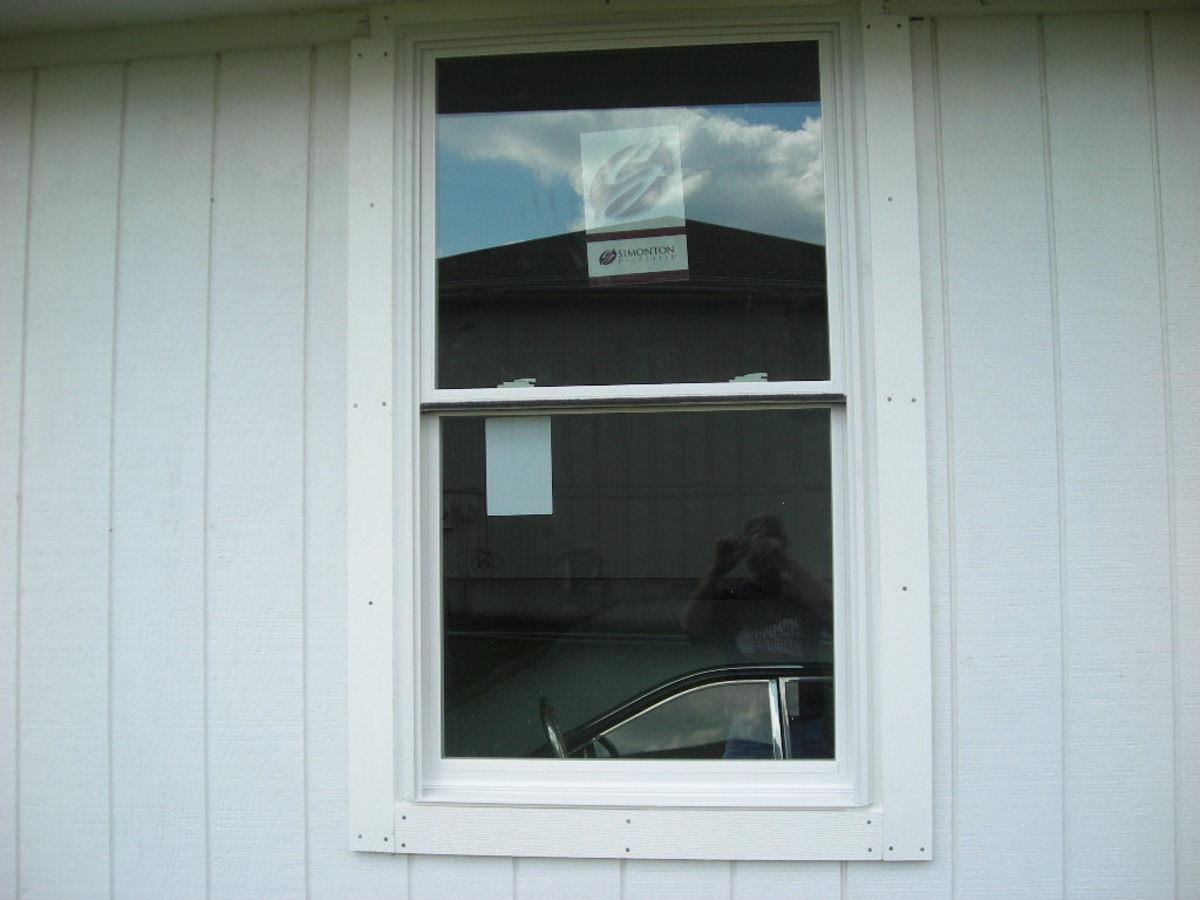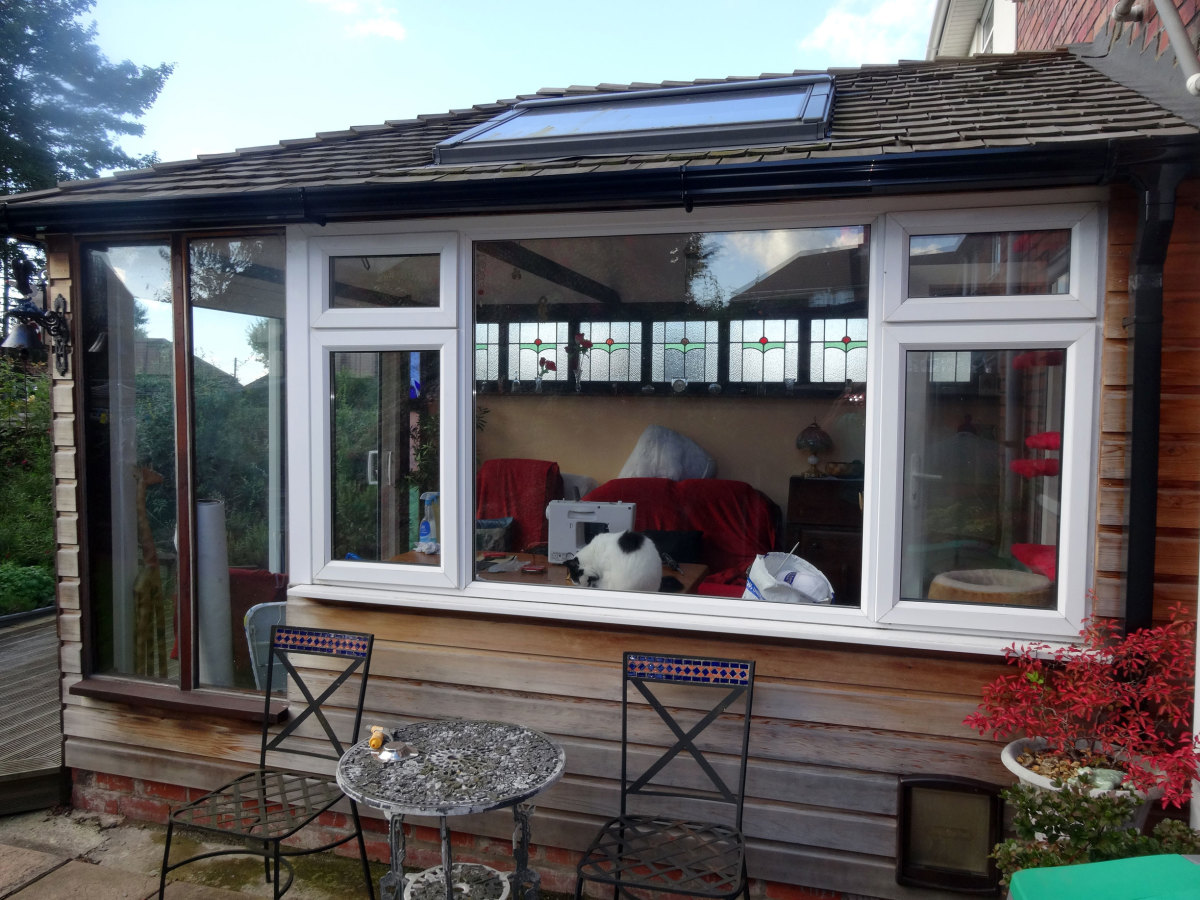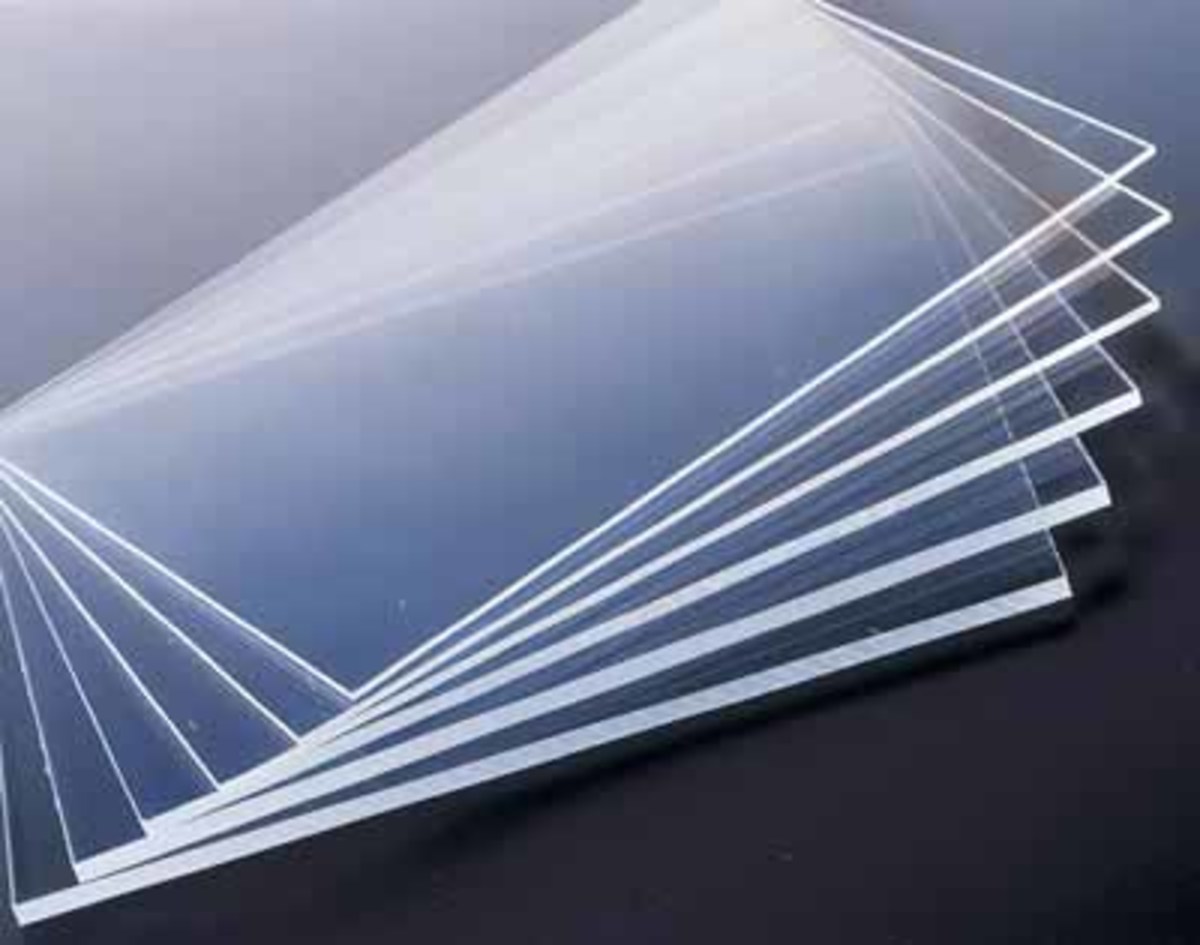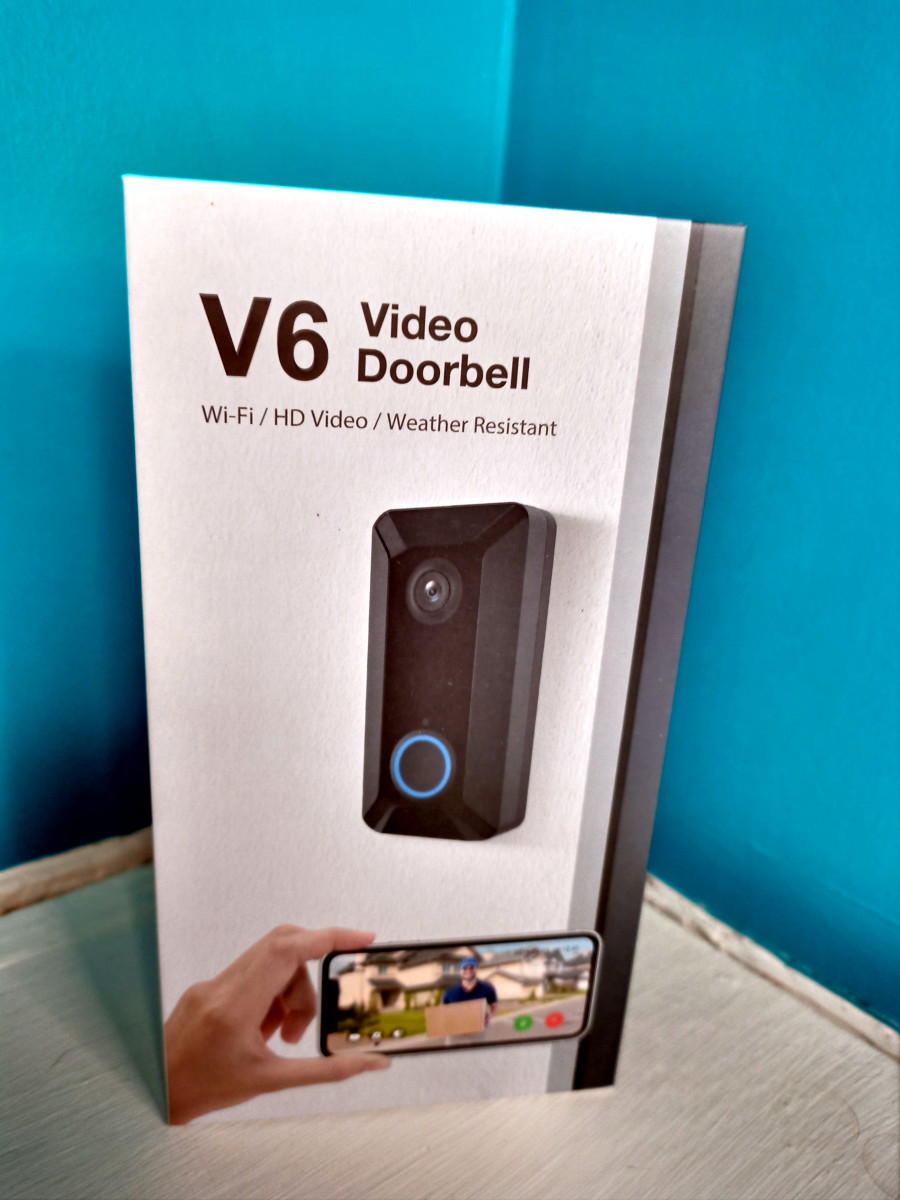Best Ways to Fortify your Home's Windows against Man and Nature
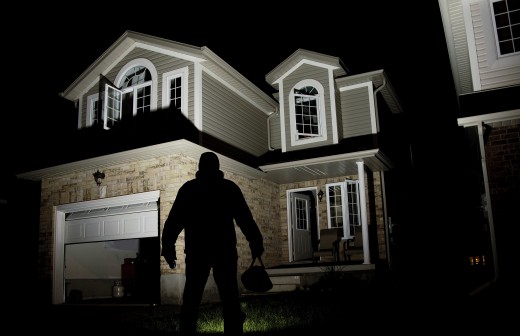
A chain is only as strong as its weakest link, so the saying goes. It seems pretty obvious, but the profoundness of the point is lost in its subtle delivery. When we look at personal defense or home security, we tend to look at individual links and not the entire chain. Often, we look at specific links such as gear, equipment or weapons, and declare our chain is secure, but we fail to see the bigger picture. We fail to see how individual links combine to build an integrated system and that no matter how strong an individual link may appear, when integrated into a chain, it still may be the weakest link.
Home security is a complex arrangement of individual security links. There are many different links that work together as part of a larger system to defend your castle. Things such as defining property boundaries, establishing an outer perimeter, identifying and controlling access points, establishing inner perimeter control points, and creating a final defensive point are all critical parts of the more complex defensive security strategy.
While all areas of the home security plan are critical, one of the most relevant links is the identification and control of home access points. Any entrance to one's home can be considered the proverbial "line in the sand”. If an unknown subject wanders onto your property or near the outer perimeter of your home, the only law they have most likely violated is trespassing on private property. When the subject actually attempts to force their way across the threshold of your home, then the line in the sand has been crossed, and in most jurisdictions, that invasion can be repelled by force, up to and including deadly force, if necessary. To put it another way, when a bad guy tries to invade your home, Sh*t just got real.
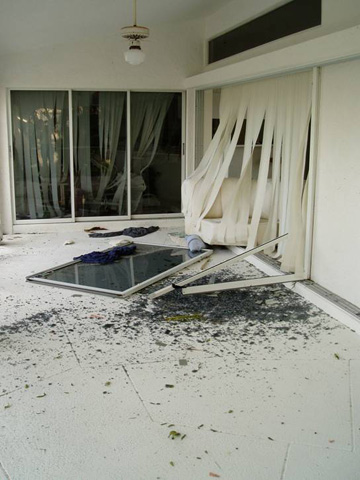
While evil acts committed by humans are a good enough reason to secure our homes, there is another that can be just as deadly, but not nearly as obvious: Mother Nature's wrath. When she gets irritated, bad things happen. Hurricanes and tornadoes are two of Mother Nature's favorite wrecking balls, and both of these natural disasters are literally driven by extremely high winds. Once a door or window of the home is breached, strong winds can whip debris into the home with such force that normally benign objects become flying spikes that can penetrate through the human body. Additionally, the high winds experienced during a tornado are funneled through an open door or window, which increases their power. In many instances, this is the mechanism that causes roofs to rip off homes, contributing to the total destruction of the structure. In either case, identifying, fortifying, and controlling the window access points to the home is the critical link in the home security chain.
Now that we understand the significance of the access points to our home, we must identify, fortify, and control those points from both intruders and Mother Nature. When we think of access points to our homes, doors, and garages are usually the first things that come to mind, and these are relatively easy to secure, but windows never seem to get the attention they really deserve. A primary reason for this is the effectiveness of current security alarm systems. There are a multitude of options for securing your windows from unauthorized access. Unfortunately, an alarm doesn't control access so much as it notifies you of unauthorized access.
During a Hurricane Sandy-type environment where chaos rules, this will not stop a determined intruder. Home security alarms may give you some measure of deterrence and advanced warning during an attempted breach. But it will not physically prevent the breach. Similarly, during a natural disaster, an alarm will do nothing to prevent your windows from being destroyed, leaving your home and personal security at the mercy of the elements and looters. Yes, the windows of any home are the weakest link in controlling access points to your home, and the only true way to prevent a breach is to physically strengthen or armor up the windows. Let 's look at some options for securing your weakest link.
Plywood
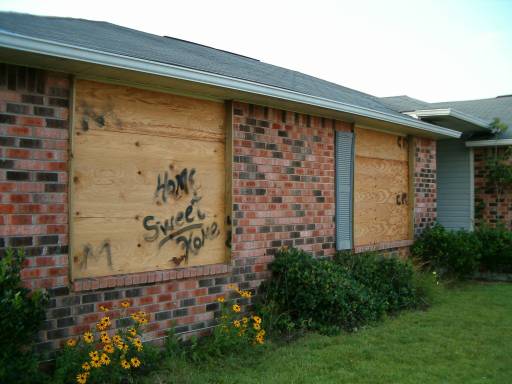
One of the easiest and cheapest ways to protect the windows around your house is with the use of plywood Sheets of plywood are cut to fit around the external window frame and are attached to the house with screws. Preferably, the sheets are purchased and installed long before any impending natural disaster causes a drastic shortage in supplies. Once cut and fit, the sheets should be permanently marked to accurately identify which window they cover and stored in a clean, dry location with a good supply of woods screws. Once mounted, these plywood covers offer excellent protection from the high winds, debris, and from less-determined looters and vandals.
Plywood covers are a cheap and easy way to secure your home before a natural disaster when evacuations are mandatory and time allows for their installment. As useful as plywood can be for controlling access to the home, they are a short-term solution to a specific problem. They take considerable time and resources to install and remove, so they cannot be used as a daily security measure, and they cannot be installed permanently. Despite these shortcomings, they are an effective part of an overall larger safety plan and should not be overlooked.
Metal Security Bars
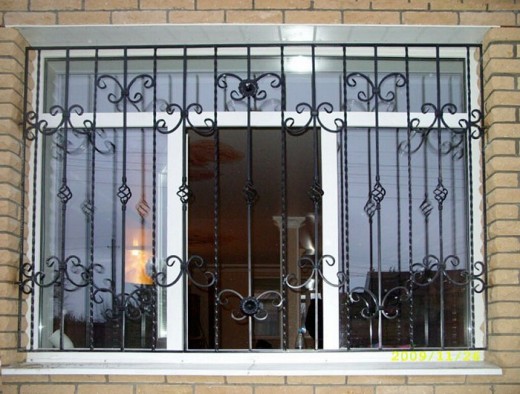
There are two types of metal security bars: internal and external. External bars can be either steel or high-strength aluminum and can vary between highly decorative and straight-up prison-looking. The external units are mounted directly to the walls around the windows. Various types of mounting adaptors ensure the external bars will mount to any window frame design. The mounting bolts are usually designed for one-way operation and require a special tool when mounting to prevent a well-prepared intruder from simply removing the bolts and taking down the security bars.
Internal security bars work exactly the same, except they are mounted behind the window on the inside of the home. The brackets for the bars are screwed into the walls around the interior window frame. Once mounted, the bars are placed into recessed holes in the mounting bracket. Once all the bars are installed, a security key rotated 360 degrees locks the bars into the bracket, securing the window. The key can be removed and securely stored in the home. Removing the bars is as easy as using the security key to unlock the bar lock within the bracket and removing the bars. Whether you choose internal or external security bars, consider models that have a quick-release mechanism to allow for fast opening or removal to allow escape during a fire or home invasion.
While security bars are quite effective at controlling unauthorized window access, they offer very little environmental protection and will only stop the larger pieces of flying debris.
Hurricane Security Screens

One product that may offer the best protection from both nature and intruders is the hurricane security screen. Developed to protect windows from the high-speed debris generated by hurricane-force winds, security screens also offer protection from intruders. The mesh screens are manufactured from steel and high-strength aluminum and are woven in a very tight 12-strands-per-inch pattern This tight mesh pattern contributes to the screens· extremely strong construction. The security screens are mounted into the frames around the window, and the screen doors are mounted on hinges within the frame.
The screen doors can be easily unlocked by rotating a large lever on the opposite side of the frame hinges Rotating the lever lifts two solid steel rods from their recesses in the frame brackets, allowing the screen window to swing outwards freely. This quick-release lever can be operated with one hand and allows for a quick escape during a fire. Once the screen windows are securely locked, they are nearly impervious to destruction from impacts. The security screens can withstand impacts from sledgehammers, pry bars and even wood 2x4s driven by the high-speed winds of a hurricane.
The recessed edges of the screen doors are impervious to being pried open by a prybar, and the door hinges are mounted internally, protecting them from being attacked.
While hurricane security screens may be the most expensive option available to secure your home's windows, they are by far the best option. Once installed, they offer year-round protection from both nature and intruders. They don’t require maintenance, are easy to operate and increase the value of your home. They are well worth the investment.
Window Security Film

Security film in another option for protecting and securing window access to your home. Similar to the films used to protect storefront windows and doors, security film is attached to the window to prevent shattered window glass from falling out of the frame. The film is most effective when placed on both sides of the window, effectively trapping and holding the broken glass in place. The film is resistant to both impacts and cutting, so even though the window is severely cracked from some type of impact, the film will hold the glass in place, maintaining its effectiveness.
One advantage to window film is that it's literally invisible to the eye. It leaves no footprint and does not change the appearance or operation of the window. For the homeowner who wants to improve the security of their windows without bulky screens or bars creating the impression of living in a fortress, security film may be the best option. When compared to the other options, security film is the most cost-effective window security improvement available to homeowners on a tight budget.
Although effective, security film does have some limitations. The film will not stop a determined intruder; it will only slow them down. Repeated impacts in the same location will eventually cause the film to rip or tear open, allowing an intruder to reach through the hole and unlock the window. Window security film offers the best protection when combined with a home security alarm system. The film will slow down an intruder long enough for the audible alarm to force them to retreat or provide enough notice to the homeowner to initiate their home-invasion defense plan.
While all of these window security options offer some measure of security over plain old double-pane windows, a good home security plan is based upon a layered defense. Windows provide easy access to your home. Having multiple, overlapping security systems is the best way to control window access to your home, and that's your best option for securing your home's weakest link.


